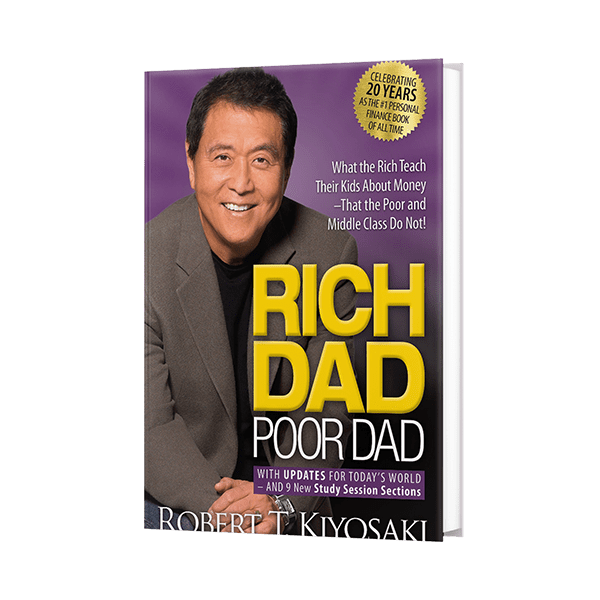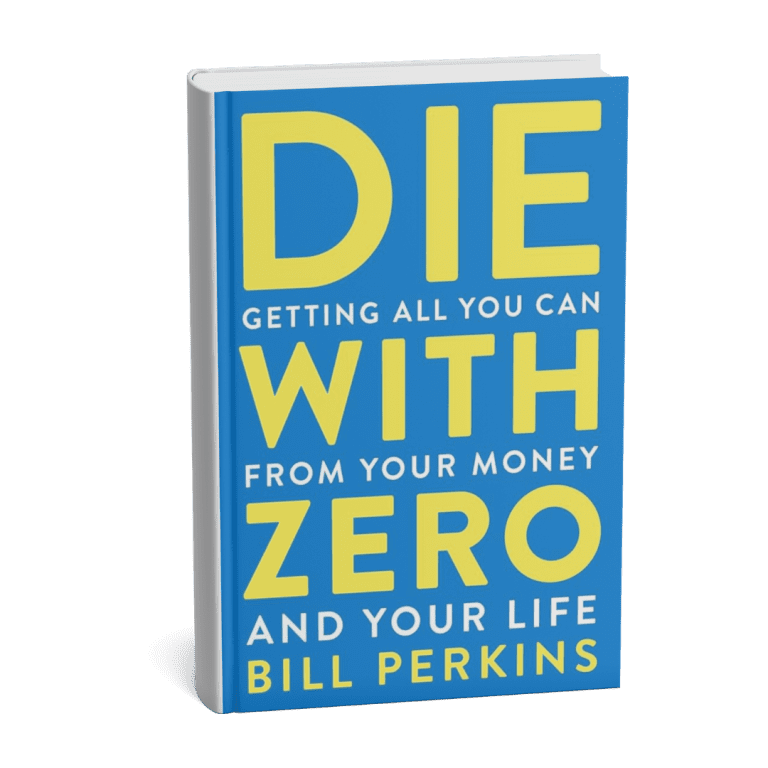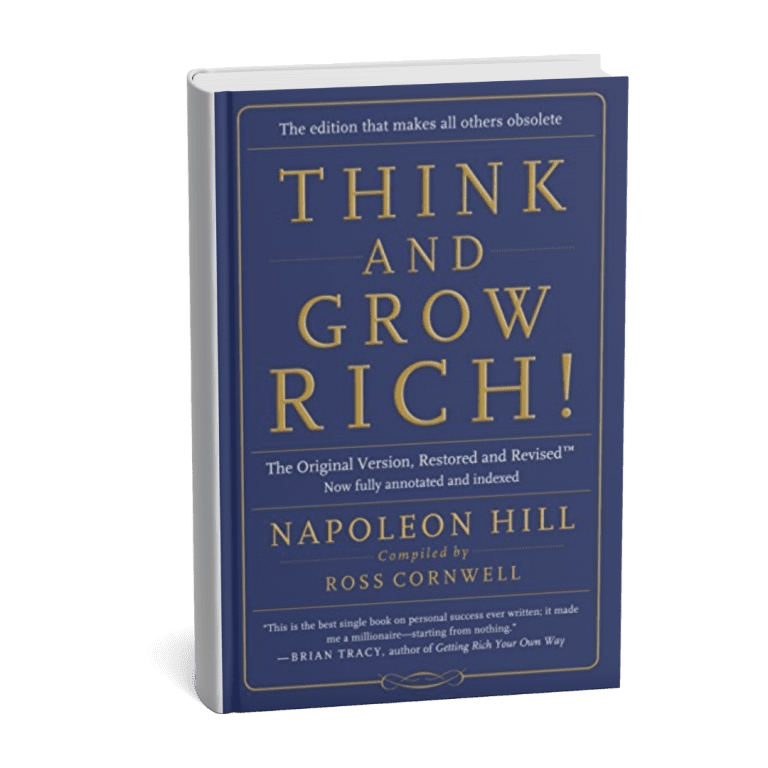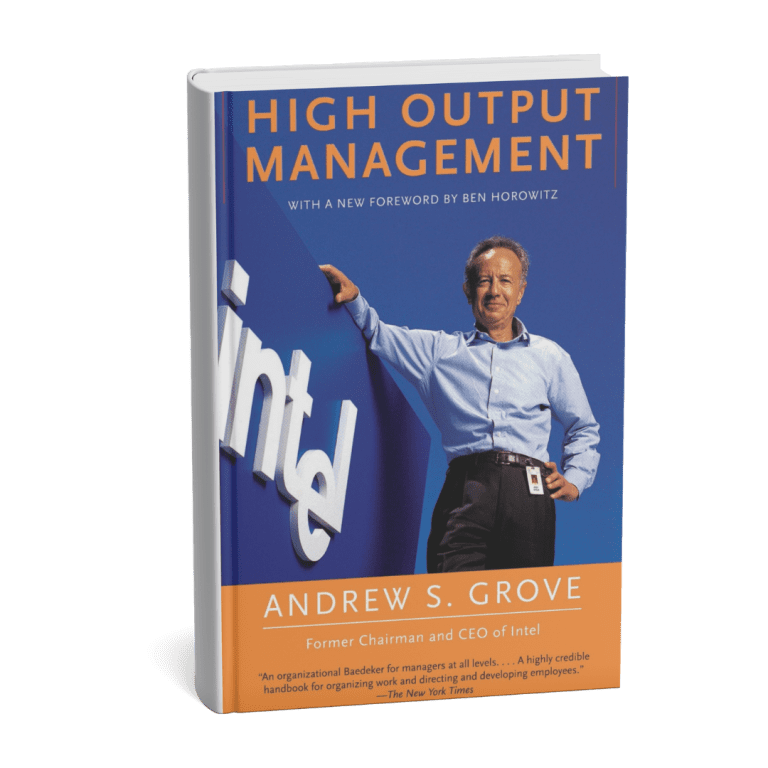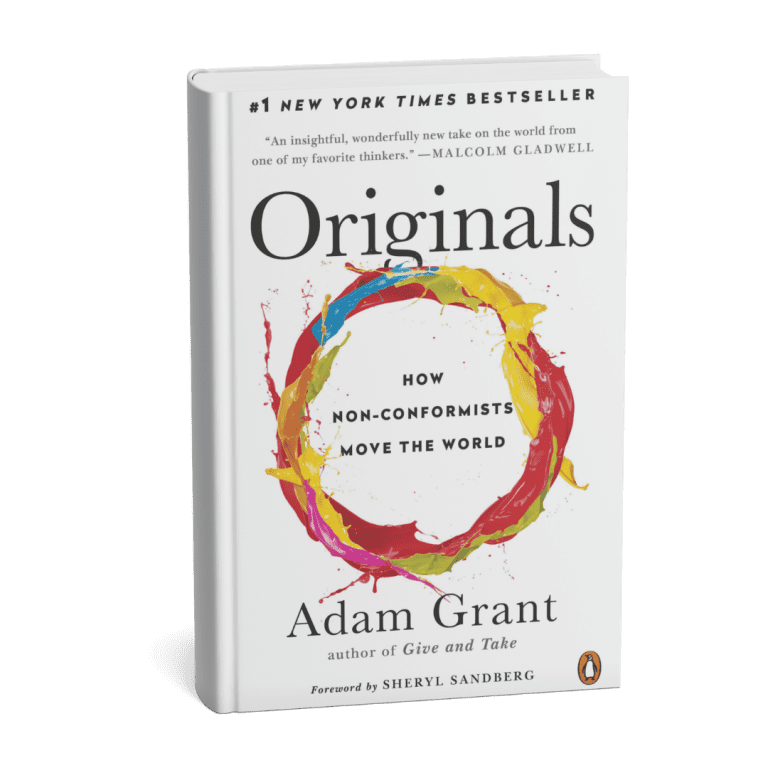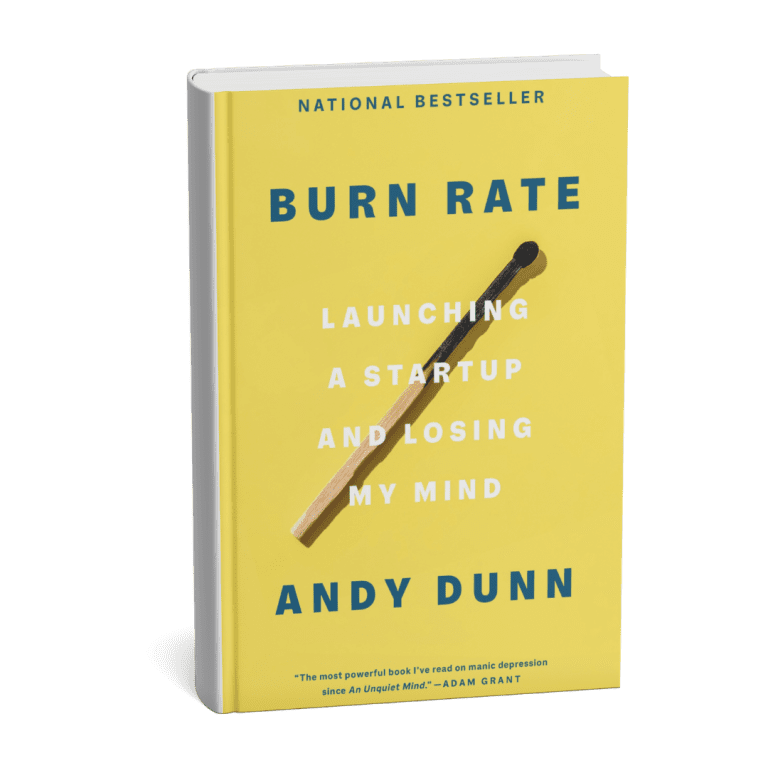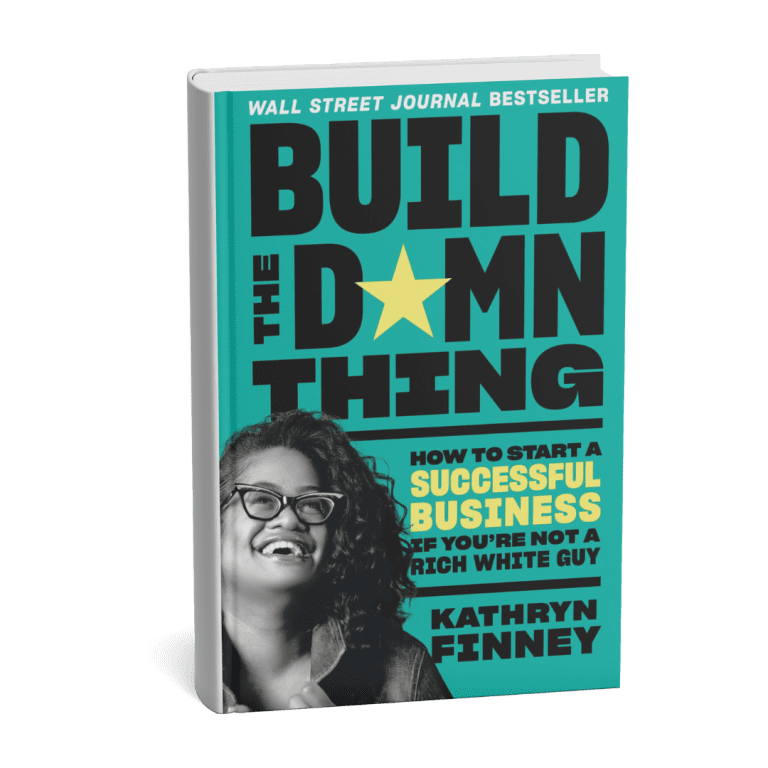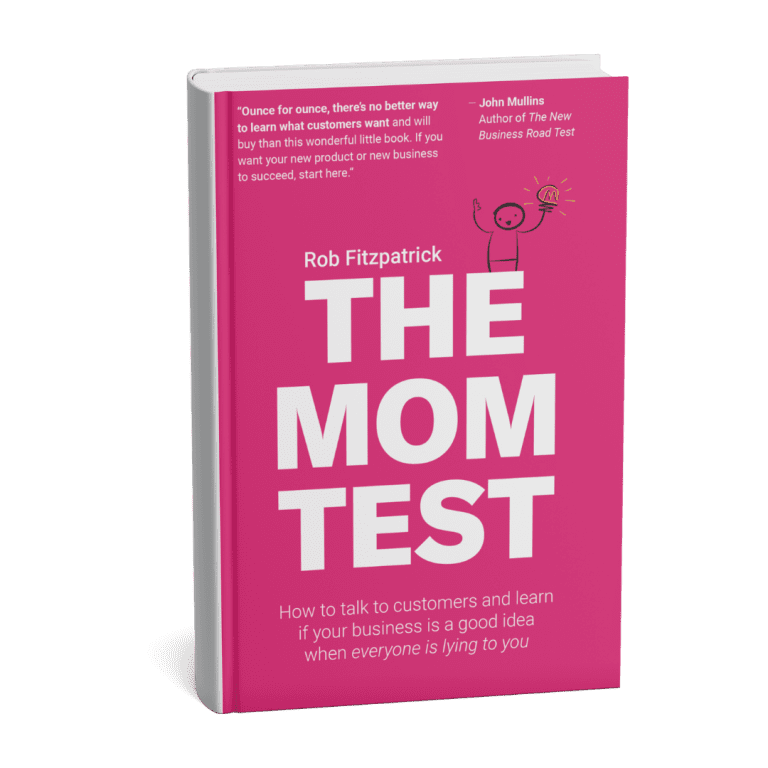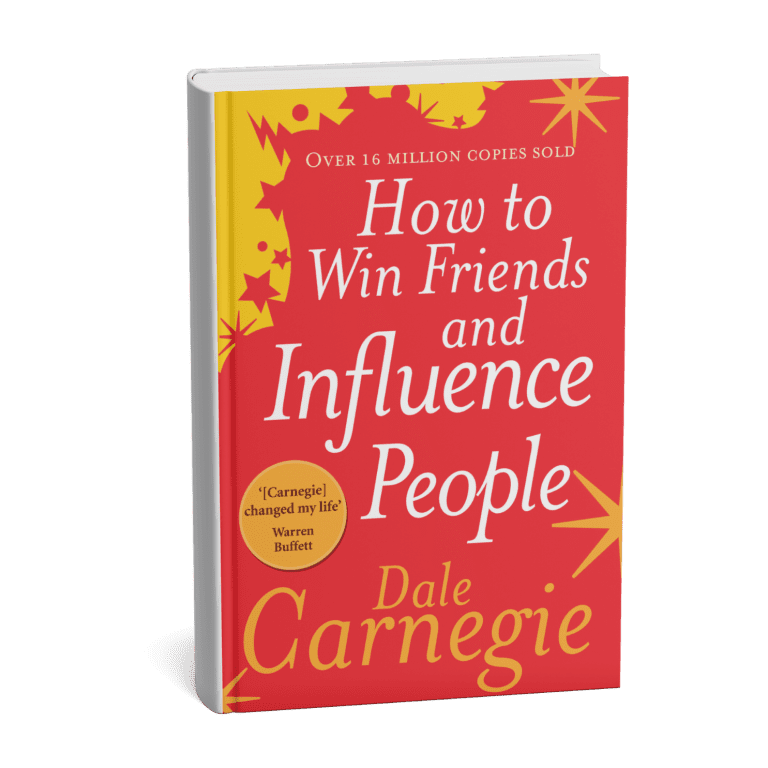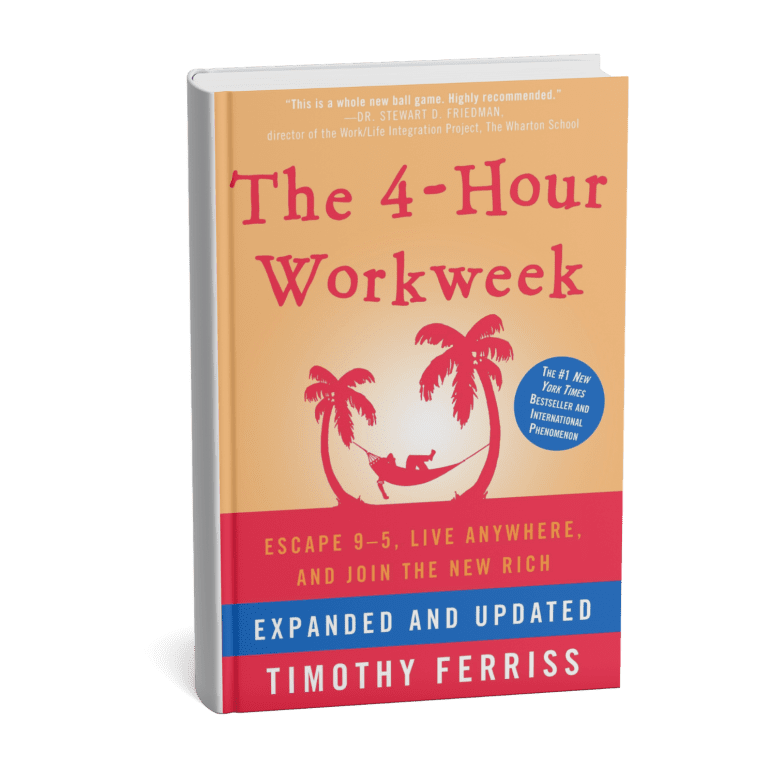Rich Dad Poor Dad by Robert T. Kiyosaki is a personal finance classic that challenges traditional beliefs about money, work, and wealth. The book contrasts the financial philosophies of two father figures in Kiyosaki’s life: his biological father (Poor Dad), a highly educated but financially struggling man, and his best friend’s father (Rich Dad), a successful entrepreneur who built wealth through investments and financial intelligence.
The book emphasizes the importance of financial education, arguing that most people remain trapped in the “rat race” because they rely solely on earned income (from a job) instead of developing passive income streams. Kiyosaki explains that the wealthy focus on acquiring assets-such as real estate, stocks, and businesses-that generate income, while the poor and middle class accumulate liabilities that drain their money.
One of the book’s core lessons is the difference between assets and liabilities. Kiyosaki argues that many people mistakenly believe that their house is an asset when, in reality, it is a liability if it does not generate income. He advocates for financial independence by investing in income-generating assets rather than relying on job security and employer-provided retirement plans.
Another key theme is the importance of financial literacy. Kiyosaki criticizes the traditional education system for failing to teach students about money management, investing, and wealth-building strategies. He believes that self-education, risk-taking, and entrepreneurship are the keys to financial success.
The book also stresses the power of mindset in achieving financial freedom. Kiyosaki explains that the rich think differently about money—they see opportunities where others see obstacles. Instead of saying, “I can’t afford it,” wealthy individuals ask, “How can I afford it?”—which shifts their thinking toward solutions and wealth-building strategies.
Rich Dad Poor Dad is not a step-by-step financial guide but rather a mindset-shifting book that encourages readers to take control of their financial futures. It inspires individuals to break free from traditional employment dependency and instead build wealth through financial education, investing, and entrepreneurship.
